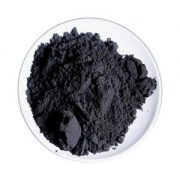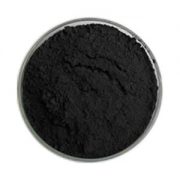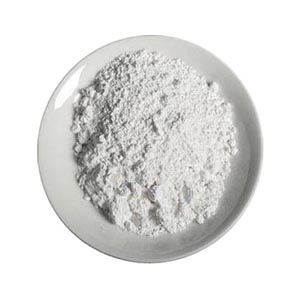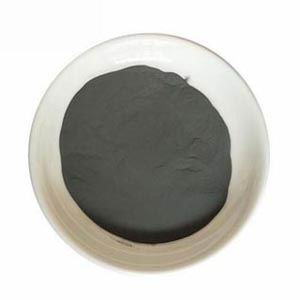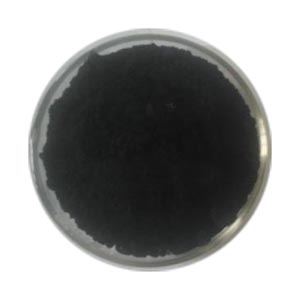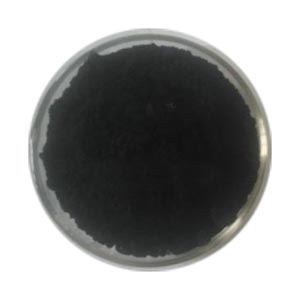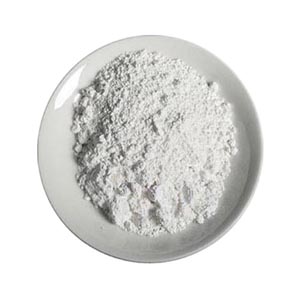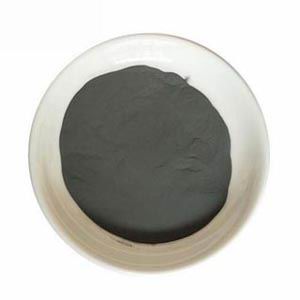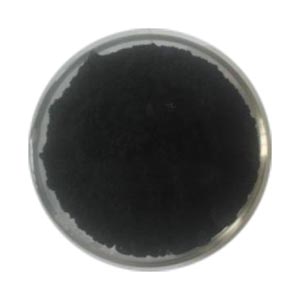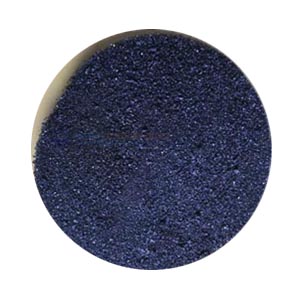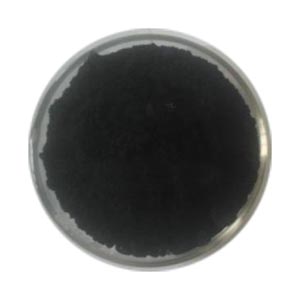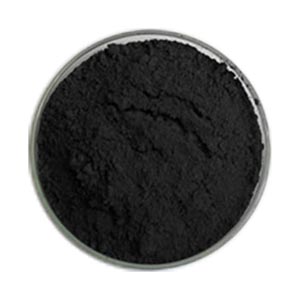
Tungsten selenide
Other name: tungsten diselenide, Tungsten(IV) selenide
CAS no. : 12067-46-8
EINECS no. : 235-078-7
Molecular formula: WSe2
Molecular weight: 341.76
Specific gravity: 9.32g /cc
Stability: stable
Solubility in water: insoluble
Purity: 99.99%
Appearance: Black powder or lump
Physical properties: the world’s material for thermal conductivity
- 描述
- Inquiry
Synthesis process: 1mol W+ 2mol Se = 1mol WSe2;
Test: icp-ms (99.99% purity: all impurity elements below 100ppm);
XRD :(the main peak is completely symmetrical);
SEM: (scanning electron microscope);
Tungsten diselenide (WSe2) has a thermal conductivity of about one hundred thousandth that of the best diamond, making it the lowest thermal conductivity material in the world. In general, the materials with the worst thermal conductivity (or thermal insulators) are so-called porous materials.
University of Oregon found. The thermal conductivity of tungsten diselenide thin film is worse than that of monocrystalline tungsten diselenide. About one hundred thousandth that of the best diamond. The new material not only has the same thermal conductivity as a porous substance. What’s more, it’s very dense. It’s about the same as copper.
Use
The low thermal conductivity of tungsten diselenide means that the heat in the system is not easily lost, in other words, the energy conversion efficiency of the system will be higher. Hence the application of this new material. It will be possible to greatly improve the efficiency of energy use.
Researchers at the Vienna University of Technology in Austria have developed a diode made of tungsten diselenide for the first time, and according to experiments, this material can be used in ultra-thin soft solar cells.
Tungsten diselenide (WSe2), the main structure is composed of an upper and lower layer of selenium atoms connected by a middle layer of tungsten atoms. This WSe2 material absorbs light just like graphene, and the light it absorbs can be used to generate electricity.
This thin layer is indeed light and thin, about 95% of the light can pass through, but the remaining 5% of the tenth of the light is absorbed by the material and converted into electricity. Therefore, its internal efficiency is quite high. If multiple ultra-thin layers are stacked on top of each other, a large portion of this incident light can be used productively – but sometimes this high transparency can have a beneficial side effect.
相关产品
-
Ammonium niobium oxalate
English alias: Ethanedioic acid ammonium niobium (5 +) salt , Ammonium niobate (v) oxalate hydrate
CAS no. : 168547-43-1
Molecular formula: C4H4NNbO9
Molecular weight: 302.98 g / mol
-
Vanadate zirconium
Molecular formula: ZrV2O7.
Molecular weight: 315.7.
CAS no. : 13981-20-9
Appearance: yellow powder
Used in functional ceramics, structural ceramics and other aspects as pigments.
Description: The use of temperature: 400-1080 ℃
The coefficient of linear expansion: – 10 x 10-6 ℃ – 1 -
Tantalum diboride
Other name: tantalum boride (1:2)
CAS no. : 12007-35-1
EINECS no. : 234-234-5
Molecular formula: B2Ta.
Molecular weight: 202.572
-
Molybdenum pentachloride
Specification: 99%-99.99%
English alias: Molybdenum (V) chloride; Molybdenumchlorideanhydrous; Molybdenum (V) chloride
CAS number: 10241-05-1
Molecular formula: MoCl5
Molecular weight: 273.205
Melting point: 194°C -
Titanium carbonitride
English alias: TITANIUM CARBONITRIDE (7:3); TI (C/N) 30/70 a; TI (C/N) 30/70 b; TI (C/N) 30/70 C; TI (C/N) 50/50 a; TI (C/N) 50/50 b; TI (C/N) 50/50 C; Titanium carbon nitride; TiCN
CAS no. : 12654-86-3
Formula: TiCN
Molecular weight: 121.75
MDL: MFCD01868685
Density: 5.08 g/mL at 25 ℃ (lit.)
Melting point: > 350 ℃ (lit.)
-
Tantalum pentachloride
Other name: Tantalic Chloride, Tantalum(V) chloride, Tantalumchlorideanhydrous
CAS no. : 7721-01-9
EINECS no. : 231-755-6
Molecular formula: Cl5Ta
Molecular weight: 358.2145
Melting point: 221-235 ℃
Relative density :3.682
-
Tungsten silicide
Other name: Tungsten disilicide
CAS no. : 12039-88-2
EINECS no. : 234-909-0
Formula: Si2W.
Molecular weight: 240.011
Density: 9.40 g/cm3
Melting point: 2165 C.
-
Niobium boride
Other name : niobiumbago (NBB); boranylidyneniobium
CAS no. : 12653-77-9; 12045-19-1
EINECS no. : 234-958-8
Formula: B2Nb.
Molecular weight: 103.7174.
Density: 7g/cm3
Melting point: 3050℃
-
Tungsten hexachloride
English alias: Tungsten (VI) chloride; Tungstenchloride; Tungsten (6 +) hexachloride; Tungsten (4 +) tetrachloride; Tungsten chloride
CAS no. : 13283-01-7
EINECS no. : 236-293-9
Molecular formula: Cl6W
Molecular weight: 396.558
Melting point: 275 ℃
-
Niobium diselenide
Other name: Niobium(IV) selenide, Niobium selenide; Columbium selenide; diselenoxoniobium; niobium(+4) cation; selenium(-2) anion
CAS no. : 12034-77-4
EINECS no. : 234-811-8
Formula: NbSe2.
Molecular weight: 250.8264.
Density (g/mL,25) : 6.3

